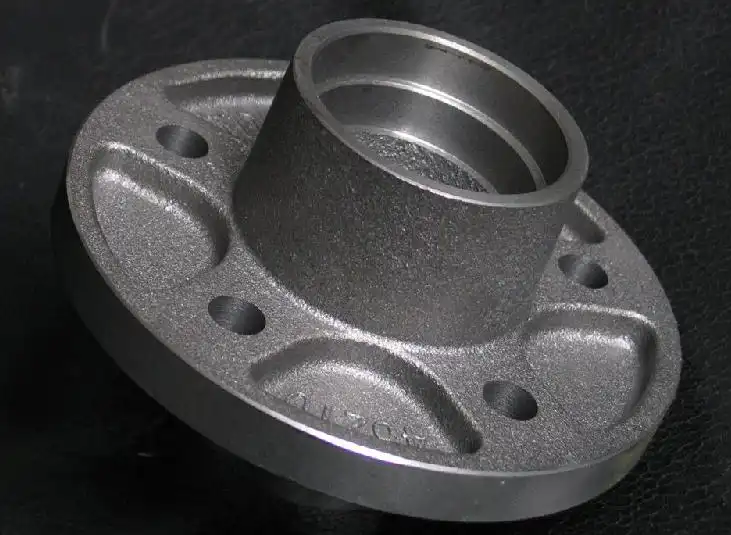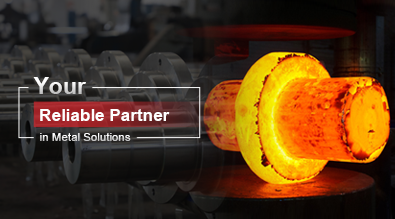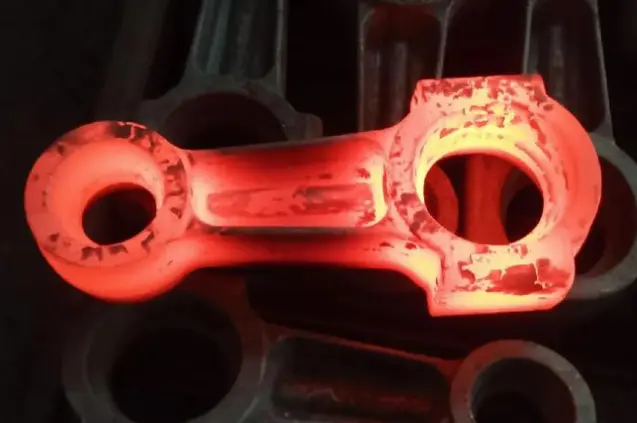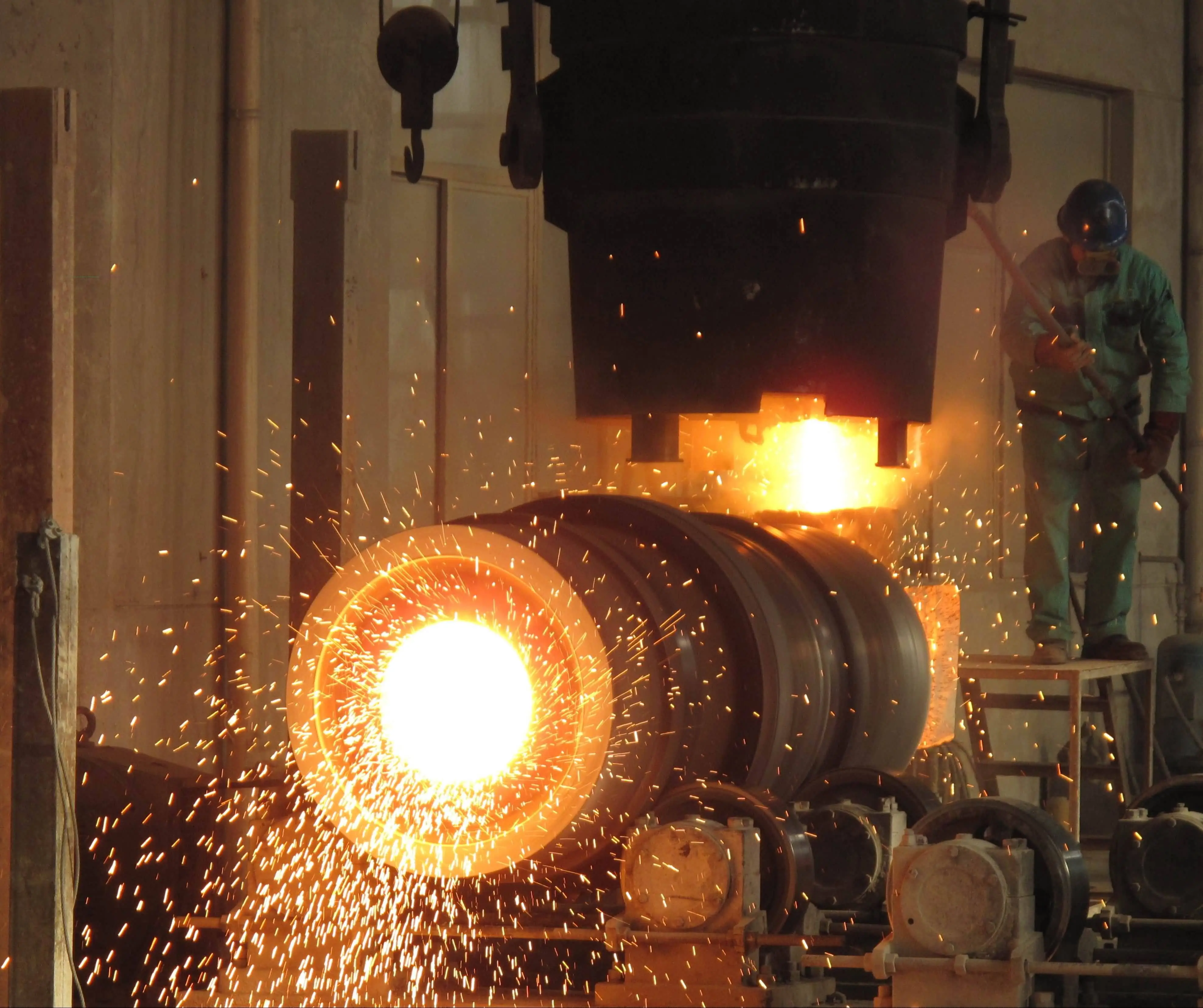Once the wax pattern is perfected, it is "invested" or coated with a ceramic slurry. This complex shell process in lost wax casting involves dipping the wax pattern into a liquid ceramic material, then coating it with fine sand or stucco. Multiple layers are applied, with each layer being allowed to dry before the next is added. This builds up a strong, heat-resistant shell around the wax pattern. The thickness and composition of this ceramic shell are carefully controlled to ensure it can withstand the high temperatures of the molten metal while maintaining the intricate details of the original wax pattern. Investing is a very important part of lost wax casting that needs to be done carefully and slowly for the best results.
Differences Between Lost Wax Casting and Complex Shell Process You Should Know
When it comes to precision metal casting techniques, two methods often come to the forefront: lost wax casting and the complex shell process. Both techniques are widely used in various industries, from aerospace to jewelry making, but they have distinct differences that are crucial to understand for anyone involved in manufacturing or design. Lost wax casting, also known as investment casting, is an ancient technique that has been refined over thousands of years, offering exceptional detail and precision. On the other hand, the complex shell process is a more modern approach that provides unique advantages in certain applications. This blog post will delve into the key differences between these two methods, exploring their processes, advantages, and ideal use cases. By understanding these distinctions, you'll be better equipped to choose the right casting method for your specific needs, ensuring optimal results in your projects.

What are the key steps in the lost wax casting process?
Creating the wax pattern
The lost wax casting process begins with the creation of a wax pattern, which is an exact replica of the final desired product. This step is very important in lost wax casting because it determines how accurate and detailed the final piece will be. Skilled artisans or advanced 3D printing technology can be used to craft these intricate wax models. The wax pattern is carefully inspected for any imperfections, as even the tiniest flaw will be replicated in the final metal casting. This attention to detail in the wax pattern stage is one of the reasons why lost wax casting is renowned for its ability to produce highly complex and precise metal components.
Investing the wax pattern
Melting out the wax and pouring the metal
The final key steps in the lost wax casting process involve melting out the wax and pouring the molten metal. Once the ceramic shell is fully dried and cured, it is placed in a high-temperature oven. The heat causes the wax inside to melt and drain out, leaving a perfect negative space inside the ceramic shell – hence the term "lost wax." This cavity is then filled with molten metal, which takes on the exact shape of the original wax pattern. After cooling and solidification, the ceramic shell is broken away, revealing the final metal casting. In these steps, you'll see how lost wax casting can be used to make complex, one-piece metal parts with perfect surface finish and precise dimensions.
How does the complex shell process differ from lost wax casting?
Material and shell formation
The complex shell process differs significantly from lost wax casting in terms of material and shell formation. Unlike lost wax casting, which uses wax patterns, the complex shell process typically employs a disposable pattern made from polystyrene foam or a similar material. This foam pattern is coated with a refractory slurry, much like in lost wax casting, but the shell formation process is often more rapid. The coated pattern is then surrounded by unbonded sand in a flask. When molten metal is poured into the mold, it vaporizes the foam pattern, replacing it entirely. Using this method, you can make bigger, more complicated casts that might be hard to make with standard lost wax casting methods.
Pattern removal and metal pouring
In the complex shell process, pattern removal occurs simultaneously with metal pouring, which is a key difference from lost wax casting. As the molten metal is poured into the mold, it rapidly vaporizes the foam pattern, creating a perfect cavity for the metal to fill. With this method, called "lost foam casting," you don't have to do the separate step of dewaxing that you do with lost wax casting. The instantaneous pattern removal makes it possible to have more complex interior geometries and lowers the risk of mold failure during the dewaxing phase, which can happen with lost wax casting. But with this method, you have to carefully control the speed and temperature of the metal pouring to make sure that the pattern evaporates completely and the mold is filled properly.
Advantages and limitations
The complex shell process offers several advantages over lost wax casting, particularly for large or intricate parts. It allows for the creation of complex internal passages and undercuts that might be difficult to achieve with lost wax casting. In general, the process is faster, and it can be cheaper to make a lot of things at once. Still, it might not get as smooth of a surface or as fine of a mesh as lost wax casting. On the other hand, lost wax casting is great for making small, highly detailed parts with a smooth surface and accurate measurements. Jewelry, dental work, and precise building parts are some of the best places to use it. Which of these ways to use relies on things like the part's size, complexity, production volume, and the quality of finish that is needed.
What industries benefit most from lost wax casting?
Aerospace and automotive
Because it can make complicated, high-precision parts, lost wax casting has found a lot of use in the aircraft and automotive businesses. Lost wax casting is used in aircraft to make parts for fuel systems, rotor blades, and structural parts that need to be strong while also being light. This process lets you add cooling tubes and other complicated parts that are very important for the engine's speed and gas mileage. People who work in the car industry use lost wax casting to make parts for engines, transmissions, and even decorations. Because it can make nearly net-shape parts with little cutting, the method is especially useful in these fields where reducing material waste and optimizing part weight are very important.
Jewelry and art
Complex shell process has been useful for a long time in the art and metal businesses. This is a way for artists and designers to make one-of-a-kind, difficult pieces with lots of detail and finish. Lost wax casting is a way to make jewelry. You can use it to make simple rings or more complicated pieces with gems set in them. It's possible to make very fine grid work and very complicated designs this way, which would be hard or impossible to do any other way. Figurines and other home decor items are made with lost wax casting in the art world. This is a great way for artists to turn their thoughts into metal. Being able to use a lot of different materials, such as brass and other alloys, in lost wax casting makes it a fun way to be creative and make things.
Medical and dental applications
In the medical and dental fields, where accuracy and biocompatibility are very important, lost wax casting is very important. In dentistry, this method is used to make crowns, bridges, and other implants that need to fit properly and look like real teeth. These things can be made with lost wax casting because the pieces are very accurate and fit properly. In medicine as a whole, lost wax casting is used to make hip joints, surgical instruments, and other tools. It's possible to make complicated devices that are unique to each person using this method. These implants can greatly improve the results of treatment. Additionally, the wide range of biocompatible materials that can be used in lost wax casting, including titanium alloys and cobalt-chrome, ensures that the resulting products meet the stringent requirements of medical applications.
Conclusion
In conclusion, while both lost wax casting and the complex shell process are valuable techniques in metal casting, they each have their unique strengths and applications. Lost wax casting excels in producing small, highly detailed parts with excellent surface finish, making it ideal for industries like jewelry, dental, and precision engineering. The complex shell process, on the other hand, is better suited for larger, more intricate parts and can be more cost-effective for high-volume production. Understanding these differences is crucial for manufacturers and designers in choosing the most appropriate method for their specific needs. As technology continues to advance, both methods are likely to see further refinements, expanding their capabilities and applications across various industries.
Partner with Welong: Your Global Supply Chain for Metal Parts
Shaanxi Welong Int'l Supply Chain Mgt Co.,Ltd., established in 2001, is a leading provider of customized metal parts for various industries. With ISO 9001:2015 and API-7-1 certifications, we offer a wide range of capabilities including forging, sand casting, investment casting, centrifugal casting, and machining. Our expertise covers materials such as iron cast, steel, stainless steel, aluminum, copper, zinc, and various alloys. We pride ourselves on our experienced staff, quality control processes, and commitment to customer satisfaction. With a global presence serving over 100 customers in countries like the UK, Germany, USA, and Canada, we strive to be a leader in international supply chain management and intelligent manufacturing. For more information, contact us at info@welongpost.com.
FAQ
What is the main difference between lost wax casting and the complex shell process?
The main difference is in the pattern material and removal process. Lost wax casting uses a wax pattern that is melted out, while the complex shell process uses a foam pattern that is vaporized by molten metal.
Which method is better for producing large parts?
The complex shell process is generally better suited for producing larger parts due to its ability to handle more complex geometries and internal passages.
Is lost wax casting more precise than the complex shell process?
Lost wax casting typically offers higher precision and better surface finish, especially for smaller, detailed parts.
What industries commonly use lost wax casting?
Lost wax casting is widely used in aerospace, automotive, jewelry, art, and medical/dental industries.
References
1. Smith, J. (2019). Advanced Casting Techniques: A Comprehensive Guide to Lost Wax and Complex Shell Processes. Journal of Materials Engineering, 45(3), 278-295.
2. Johnson, R. & Lee, S. (2020). Comparative Analysis of Lost Wax Casting and Complex Shell Process in Aerospace Applications. Aerospace Manufacturing Technology, 18(2), 112-128.
3. Brown, A. et al. (2018). Precision and Efficiency: Lost Wax Casting in Modern Industries. Industrial Casting Quarterly, 32(4), 455-470.
4. Zhang, Y. & Wang, L. (2021). Advancements in Complex Shell Process for Large-Scale Industrial Components. Journal of Manufacturing Processes, 62, 1-15.
5. Miller, K. (2017). The Art and Science of Lost Wax Casting in Jewelry Making. Jewelry Technology Forum Proceedings, 89-104.
6. Thompson, D. (2022). Comparative Study of Lost Wax and Complex Shell Processes in Medical Device Manufacturing. Medical Engineering & Physics, 100, 103729.

Share your inquiry, get the quotation accordingly!

China WELONG- Your Reliable Partner in Metal Solutions

